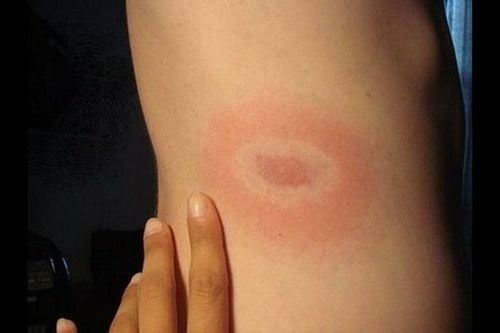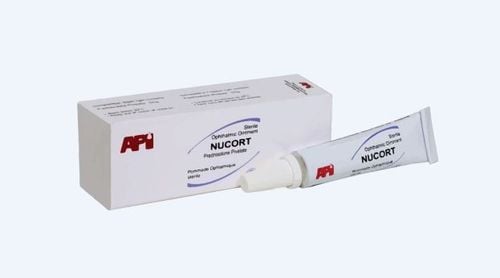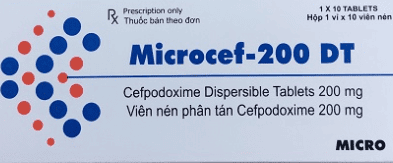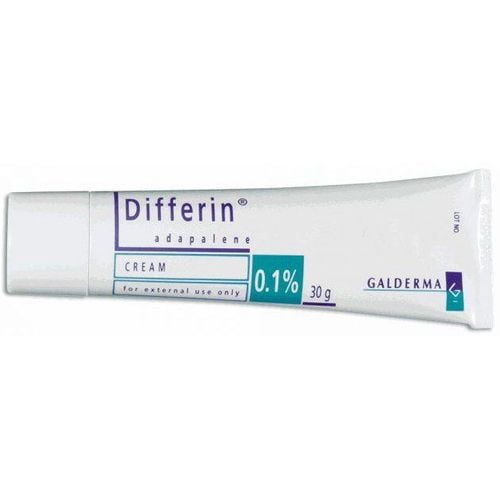This is an automatically translated article.
The article is professionally consulted by Master. Doctor Nguyen Thi Nhat - Doctor of Infectious Diseases - Department of Medical Examination & Internal Medicine - Vinmec Hai Phong International General Hospital. The doctor has more than 10 years of experience in the field of artificial kidneys, and in the field of infectious diseases, examining and managing patients with kidney disease and infectious diseases.Lyme disease is an infectious disease caused by tick bites. The cause of illness is because you go to places where the disease is endemic and develop an infection after returning home. Proper testing and treatment for Lyme disease is important to the person who has the disease.
1. Lyme disease diagnostic test
The clinical diagnosis of Lyme disease is usually based on a history of exposure to ticks, particularly in areas with Lyme disease, and the symptoms and signs of infection. Diagnostic serology to detect anti-borrelia antibodies is usually not useful until later in the disease. However, serologic testing may provide valuable diagnostic support in patients with epidemiological exposure and/or clinical signs of Lyme disease.When serological testing is indicated, the physician recommends:
First test with an ELISA (Enzyme-linked immunosorbent assay) or an indirect fluorescent antibody test (IFA) Specific test WB (Western immunoblot). These tests are not effective in the early stages of Lyme disease when the serum immune response is just beginning. Furthermore, tests for Lyme disease are also highly cross-reactive, as sera from patients with diseases such as Rocky Mountain Fever, relapsing fever, mononucleosis, syphilis, and rheumatoid arthritis are often positive such as Lyme disease.
Patients in the full-blown stage often have strong serological reactions. Antibodies can persist for months or years after treatment is complete or untreated. Therefore, serology alone cannot be used as a screening for existing disease. Neither a positive serologic test nor a previous history of Lyme disease does not guarantee that an individual has acquired protective immunity.
In rare cases, synovial fluid or cerebrospinal fluid may need analysis to confirm the diagnosis of Lyme disease.
2. How to cure Lyme disease?
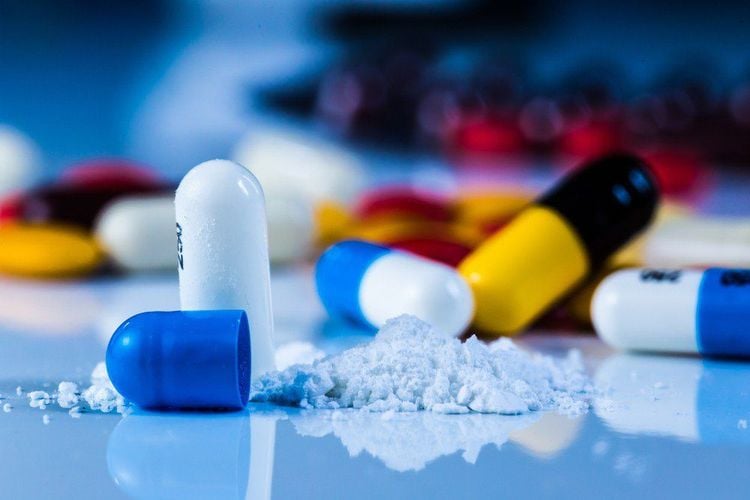
If you have extensive or late stage symptoms, your doctor will likely treat Lyme disease with intravenous antibiotics. Long-term damage to joints or the nervous system of varying degrees can develop into chronic Lyme disease. These cases are due to failure of early detection or failure of initial treatment.
Headaches, fatigue, and muscle and joint pain may persist for months after finishing antibiotic treatment for Lyme disease. Nervous system damage can take even longer to heal, as the nervous system only regenerates 1 or 2 mm per day. This doesn't mean you need more antibiotics, it just means your body needs more time to recover. If antibiotics don't work for your symptoms, consider that you probably don't have Lyme disease, but that your symptoms are caused by something else.
3. Sequelae of Lyme disease after treatment

Asthenic syndrome after Lyme disease treatment includes fatigue accompanied by muscle pain and headache, joint pain or stiffness, body aches, neck pain, tingling sensation and loss of sensation in the hands, arms, legs and face. There is also a wide range of psychiatric problems associated with the debilitating syndrome, such as changes in normal behavior, mood swings, effects on thought processes, and an inability to focus on loss of attention. memory or concentration.
Even if you fully recover from Lyme disease treatment, your immune system may continue to make antibodies to fight the Lyme disease bacteria for months or even years after the infection clears up. . For this reason, you can continue to test positive for these antibodies even if you are no longer sick. However, those antibodies will not protect you from getting infected with Lyme disease a second time.
Prevention of lyme disease : prevent tick bites by wearing long sleeves and socks, using sprays containing DEET (a chemical used in some insect repellents). If bitten by a tick, seek medical attention immediately.
Please dial HOTLINE for more information or register for an appointment HERE. Download MyVinmec app to make appointments faster and to manage your bookings easily.






